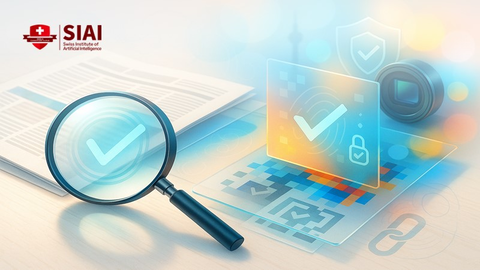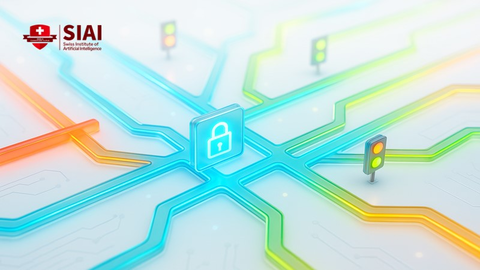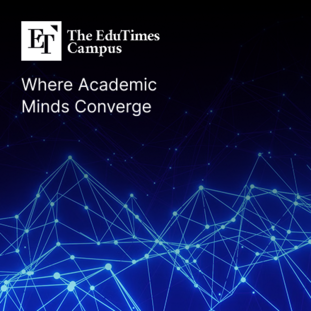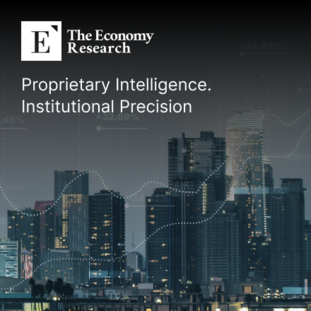[해외 DS] 기억을 잃는다는 착각, 망각은 뇌의 결함이 아닌 능동적인 적응 과정
입력
수정
[해외DS]는 해외 유수의 데이터 사이언스 전문지들에서 전하는 업계 전문가들의 의견을 담았습니다. 저희 데이터 사이언스 경영 연구소 (MDSA R&D)에서 영어 원문 공개 조건으로 콘텐츠 제휴가 진행 중입니다.
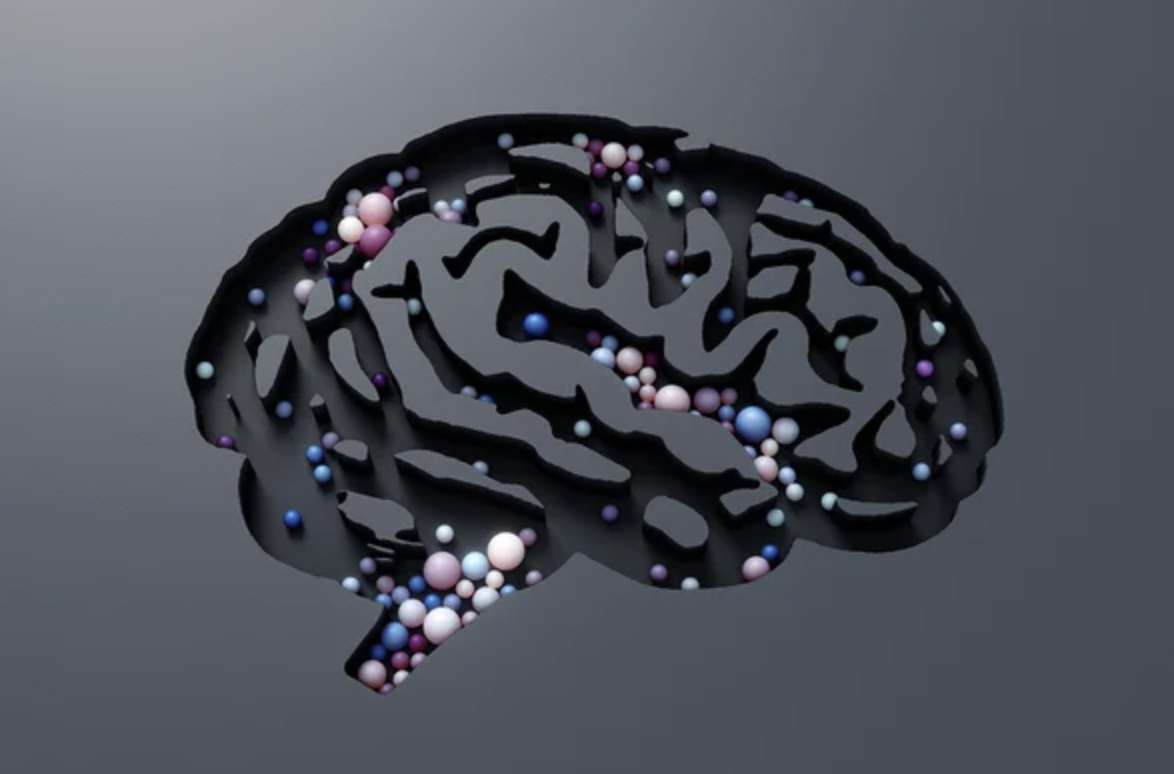
많은 사람이 망각 때문에 좌절감을 느낀다. 하지만 망각이 본질적으로 나쁜 것이라는 생각에 반박하는 증거들이 많아지고 있다. 실제로 망각은 스트레스를 줄이거나 쓸모없는 지식을 버리는 데 도움이 될 수 있다. 트리니티 칼리지 더블린의 신경과학자 토마스 라이언(Tomás Ryan)과 그의 동료들은 새로운 연구를 통해 우리가 매일 경험하는 망각의 근본적인 생물학적 원리를 조사했다. 이들의 연구에 따르면 오래된 전화번호나 고등학교 선생님의 이름을 기억하지 못한다고 해서 반드시 기억을 잃는 것이 아니라고 주장한다. 라이언은 Mind Matters 편집자 데이지 유하스(Daisy Yuhas)에게 망각은 뇌가 학습을 지원하기 위해 사용하는 능동적인 적응 과정일 수 있다고 설명했다. 또한 치매는 기억 상실보다 무질서한 망각을 더 많이 반영한 결과일 수 있다고 언급했다.
흔히 망각을 뇌의 결함이나 한계로 생각한다. 치매나 뇌 외상으로 인한 기억 상실은 치명적일 수 있으나 살아가면서 일상적인 망각을 경험하기도 하는데, 이는 너무 많은 정보가 입력되기 때문이다. 사람들이 일반적으로 구분하는 망각에는 여러 가지 종류가 있다. 대부분의 사람이 유익하지 않다고 동의하는 일종의 망각에 대해 기억상실증이라는 단어를 사용한다. 기억상실증은 새로운 기억을 형성하기 어렵게 만들거나 형성된 기억을 기억하기 어렵게 만드는 두 가지 작용이 있을 수 있다.
일상적인 망각은 기억상실증과는 결이 다르다. 차를 어디에 주차했는지 잊어버린다면 아무도 그것을 기억상실증이라고 부르지 않는다. 또는 기말고사 성적이 좋지 않더라도 교수님께 "죄송해요, 그날 기억상실증에 걸렸어요"라고 말하지 않는다. 이러한 경우는 해당 맥락에서 원하는 기억을 제대로 파악하지 못한 상태에서의 망각이다.
쥐 실험을 통해 알아본 일상적인 망각
쥐는 매우 호기심이 많은 동물이다. 라이언과 연구팀은 쥐에게 사물을 환경과 연관시키는 훈련을 진행했다. 쥐에게 튜브나 원뿔과 같이 이전에 본 적이 없는 물체를 특정 맥락에서 제시했다. 그런 다음 바로 다음 날 또는 일주일 후에 쥐에게 해당 맥락과 연관된 물체와 그렇지 않은 물체 두 개를 놓고 반응을 관찰했다. 보통의 쥐들은 주어진 맥락에서 새로운 물체를 탐색했다. 하지만 연상을 잊어버린 쥐는 두 물체 모두 새로운 것으로 여겼고, 두 물체를 똑같이 탐색했다. 공포 조건화(fear conditioning) 실험에선 몇 초 동안 아주 약한 전기 충격(동물에게 해를 끼치지 않는 강도)을 가했는데 기억이 있는 경우 얼어붙는 행동을 보였고 연관성을 잊어버린 쥐는 덜 얼어붙었다.
자연스러운 망각은 여러 가지 이유로 발생하는 것으로 알려져 있다. 기억은 단순히 시간이 지남에 따라 희미해질 수 있지만 비슷한 시기에 비슷한 두 가지 사건을 경험하는 역향 억제(retroactive interference)로도 망각은 발생한다. 한 사건의 기억이 다른 사건의 기억을 방해하기 때문이다. 이는 검증된 효과이며 실험에서 제어할 수 있는 조건이기 때문에 쥐를 대상으로 이 접근법을 사용했다. 예를 들어 쥐에게 A 환경에 있는 물체를 제시한 후 같은 물체가 있는 B 환경에 배치한다. 환경 변화 때문에 쥐는 A의 연관성을 기억하는 것이 어려워지는 원리다.
뇌의 기억 형성 과정 모니터링
뇌는 정보를 학습하기 전과 후가 다르다. 이러한 차이는 뇌 구조의 물리적 또는 화학적 변화에 의해 설명된다. 여기서 기억에 필요한 뇌의 변화를 엔그램(engram)이라고 부른다. 지난 10년 동안 설치류 뇌의 특정 엔그램에 라벨을 붙이고 조작하는 능력은 기억 영역, 더 나아가 망각 영역에 큰 변화를 가져왔다.
엔그램의 위치를 파악하는 것은 매우 큰 건초 더미에서 바늘을 찾는 것과 같다. 엔그램을 찾기 위해 연구팀은 특정 뉴런이 활성화될 때만 발현하는 급속초기발현유전자를 사용해서 해당 세포에 영구적으로 라벨을 붙일 수 있었다. 이를 통해 쥐가 연상을 학습하거나 잊어버리는 과정을 관찰하고 기억과 연결된 뇌 세포를 관찰할 수 있는 방법이 생겼다. 그 결과 역향 억제로 망각한 기억이 없어지는 것이 아니라 살아남아서 다시 기억될 수 있음을 연구진이 밝혀냈다. "쥐가 기억하지 못했음에도 불구하고 원래의 기억에는 아무런 문제가 없었습니다. 엔그램이 존재했을 뿐만 아니라 건강하고 기능적으로도 정상적으로 작동했습니다"라고 라이언은 전했다.
엔그램 세포에 태그를 붙이는 것 외에도 연구진은 빛에 의해 활성화되는 이온 채널인 광유전 수용체를 세포에 붙였다. 두 가지 기술의 조합을 통해 특정 메모리 엔그램을 켜고 끌 수 있게 되었다. 즉 엔그램 세포를 자극하는 것만으로도 쥐가 잊어버린 기억을 떠올리게 할 수 있었다. 또한 기억 형성을 방해할 수 있는 상황에 쥐를 놓는 동시에 광유전학적으로 엔그램 세포가 이동하는 것을 막으면 쥐가 연관성을 잊어버리지 않는다는 것을 알아냈다. 다시 말해 망각이 일어나려면 엔그램 세포의 활동이 필요했다는 결론을 얻을 수 있다.
트라우마나 치매와 관련된 기억 상실 연구 적용
라이언은 MIT 박사 후 과정에서 초기 알츠하이머병을 재현하는 유전적으로 변형된 생쥐를 이용해 기억상실증을 연구했었다. 해당 결과에서도 잊힌 기억에 대해 광유전학적으로 엔그램을 자극하면 기억이 회상된다는 사실을 발견했다. 그 후 다른 연구팀들도 알츠하이머, 노화 관련 기억 상실, 스트레스 관련 기억 상실, 수면 부족으로 인한 기억 상실 모델에서 같은 사실을 발견했다. 모든 경우에서 엔그램은 생존하지만 광유전학적 활성화를 통해서만 기억을 되찾을 수 있었다.
최근 더블린에 있는 라이언의 연구실에선 엔그램 조작을 사용하여 자연스러운 망각에 대해 살펴봤다. 짧은 기억 상기 훈련을 통해 동일한 엔그램 세포에 다시 접근하는 데 도움이 될 수 있음을 발견했다. 하지만 알츠하이머 모델에서는 그렇게 할 수 없었다. 왜냐하면 해당 쥐들은 재훈련을 통해 기존 엔그램 세포를 활성화 시키는 것이 아니라 새로운 엔그램을 계속 만들었기 때문이다.
"이번 연구는 알츠하이머병 환자나 질병 모델을 대상으로 한 것은 아니지만 흥미로운 가능성을 열어줄 수 있습니다"라고 라이언은 긍정적으로 바라봤다. 알츠하이머병과 같은 질병에서는 역향 억제를 포함한 자연적인 망각 과정이 잘못된 활성화의 결과로 해석할 수 있기 때문이다. 다시 말해, 질병이 어떻게든 엔그램을 저하해 기억 상실을 유발하는 것이 아니라, 부적응적인 이유로 인해 매우 자연스러운 망각 과정을 촉발했을 수 있다는 가정을 세울 수 있다. 그렇다면 엔그램이 손상되지 않았기 때문에 기억 상실 중 일부는 되돌릴 가능성이 열려있다. 이는 병적인 기억 상실에 대해 매우 다른 접근 방식이 될 수도 있다.
Forgetting is a fact of life—one that many people find frustrating. But mounting evidence pushes back at the notion that a slip or lapse in our recollection is inherently bad. Indeed, forgetting can sometimes help people cope psychologically or let go of useless knowledge. In a new study, neuroscientist Tomás Ryan of Trinity College Dublin and his colleagues have examined the fundamental biology underlying a form of forgetting we experience every day. Their work suggests that when we can’t recall an old phone number or a high school teacher’s name, those details are not necessarily lost. As Ryan explained to Mind Matters editor Daisy Yuhas, forgetting may be an active process that the brain uses to support learning. He also discussed how dementia may ultimately reflect disordered forgetting more than lost memories.
[An edited transcript of the interview follows.]
You study an idea that some people may find counterintuitive: forgetting can be part of learning. How so?
We often think of forgetting as a deficit of the brain or a limitation. Memory loss from dementia or brain trauma, for example, can be devastating.
But we also experience “everyday forgetting” as we go about our lives—because there’s just so much going on. We’re expected to learn and retain many things in order to function in modern society. Some are quite arbitrary, such as having to memorize facts you'll never need again for school exams. Others are not so arbitrary but are still quite demanding, such as the knowledge you build to become a practicing doctor.
Although we may think of forgetting as a nuisance, and it often is, it could be a feature of the brain rather than a bug. A growing body of research in neuroscience is beginning to examine the idea that forgetting is adaptive rather than limiting.
So forgetting comes in many forms?
There are different kinds that people generally consider distinct. We may use the word amnesia for a kind of forgetting that most people would agree is neither adaptive nor beneficial. Some forms of amnesia make it difficult to form new memories. Others make it difficult to recall memories formed before an injury.
But everyday forgetting is different. If you forget where you parked your car, nobody calls that amnesia. Or if you don’t do very well on your finals, you don’t get to tell your professor, “Oh, sorry, I had amnesia that day.” These cases represent a form of forgetting where you don’t have a ready grasp of desired memories for that context.
In your new study, you examine everyday forgetting in rodents. What did these mice have to learn?
Mice are very curious creatures. We trained them to associate an object with a room or an environment. So we presented the mice with objects—such as a tube or a cone—that they had never seen before in a given context.
Then, the next day or a week later, we asked the mice to inspect two objects: one that had been associated with that context and another that had not. Usually the animals would inspect the novel object for a given context. But if they had forgotten the association, both objects seemed new, and the mice explored both equally.
We also studied fear conditioning, where the animals received a very mild electric shock—it did them no harm—for a few seconds in a particular context. They later showed a freezing behavior in that same environment, provided that they remembered it. If the mice froze less in that context, they had forgotten the association.
How did you encourage them to forget?
Natural forgetting is believed to occur for many reasons. Memories may simply fade over time. But forgetting can also be caused by “retroactive interference,” which is when you experience two events that are quite similar close in time. The memory of one interferes with the other.
This is a very well-studied effect and one we can control in our own experiments, which is why we used this approach with the mice. So for example, after presenting mice with objects in context A, they were placed in context B with identical objects. That second experience made it harder for them to remember associations from context A.
You also monitored memory formation in the brain. How, exactly, did you do so?
The brain is different before and after learning information. That difference is accounted for by physical or chemical changes in the brain’s structure. We call a brain change that occurs during learning and that is required for memory an engram.
In the past 10 years, the ability to label and manipulate specific engrams in the rodent brain has really transformed the memory field—and, by extension, the forgetting field. Identifying where an engram is located is like looking for a needle in a very, very large haystack. The human brain, for example, has billions of neurons and trillions of synapses, and there is change going on all the time. Some of it has nothing to do with memory.
To find an engram, we use genetic techniques to hijack what are called immediate early genes, which express themselves only when a particular neuron is active. The result is that we can genetically label those cells in a permanent way. By doing this, we essentially tag cells that we know are active in a given time window—such as when the brain is forming a memory.
[Read more about the search for engrams]
By putting these methods together, you had a way to both watch as mice learned or forgot associations and observe the brain cells linked to memories. What did that reveal?
We were able to show that in cases of retroactive interference, memories survived this type of forgetting and could be reexpressed. Nothing was wrong with those original memories, even though the mice had failed to recall them. Not only were the engrams there, but they were also healthy and functional.
In addition to tagging engram cells, we labeled cells with optogenetic receptors, which are ion channels that are activated by light. This combination allowed us to turn specific memory engrams on and off. When we did that, we found we could get mice to recall forgotten memories just by stimulating these engram cells.
We also found that if we optogenetically blocked the engram cells at the same time that we put mice in situations that would interfere with memory formation, the mice did not forget. In other words, you need activity in engram cells for forgetting to occur.
Does that mean our brain is suppressing a memory to help us learn?
Forgetting may be caused by competition between different memories. Therefore, you could say that forgetting is a form of learning and decision-making. The animal’s brain creates a competing engram, and then the brain must decide which engram to express in a given environment and moment.
How does this fit into studies of memory loss linked to trauma or dementia?
When I was a postdoc at the Massachusetts Institute of Technology, my colleagues and I did one of the first studies that integrated optogenetics and engram labeling. We studied amnesia both with drugs that impair memory consolidation and with genetically altered mice that serve as models of early Alzheimer’s disease. There, too, we found we could optogenetically stimulate the engrams for forgotten memories—and the memories were recalled.
Since then, other research groups have found the same thing for models of Alzheimer’s, age-related memory loss, stress-related memory loss and sleep-deprivation-induced amnesia. In every case, the engram survives—but the memory can only be retrieved with optogenetic activation.
In the recent study done in my lab in Dublin, we looked at natural forgetting using engram manipulation for the first time. In addition, we found that a short reminder training session, for example, could help animals reaccess those same engram cells.
You can’t do that in the Alzheimer’s mouse model. If you retrain those mice on the same behavior, they can learn it, but they make a new engram for it.
Could your new study inform how we look at dementia?
Even though our study did not involve people with Alzheimer’s or any disease model, it may open up some interesting doors. What might be happening in diseases such as Alzheimer’s is that natural forgetting processes—including retroactive interference—may be misactivated. As a result, engrams are surviving but not being expressed in the right way.
In other words, instead of the disease causing memory loss because it has somehow degraded the engrams, it may be triggering a very natural process of forgetting but for maladaptive reasons. If so, some of that memory loss may even be reversible because the engrams are intact. That would be a very different way of thinking about pathological memory loss, and it’s something that we hope to test in the future.

